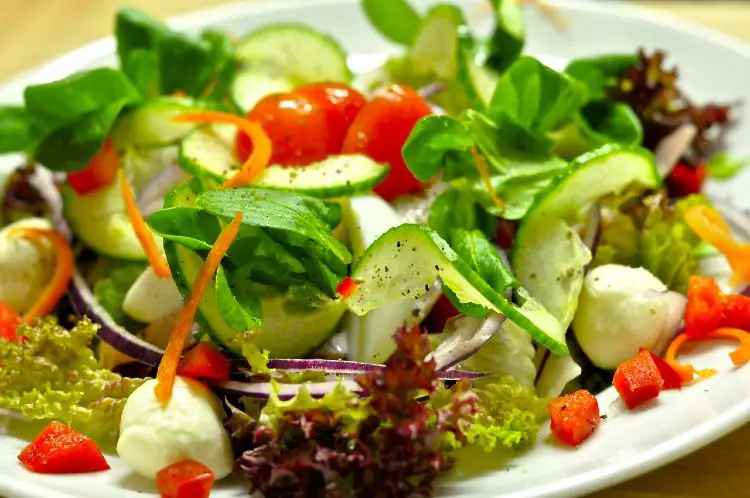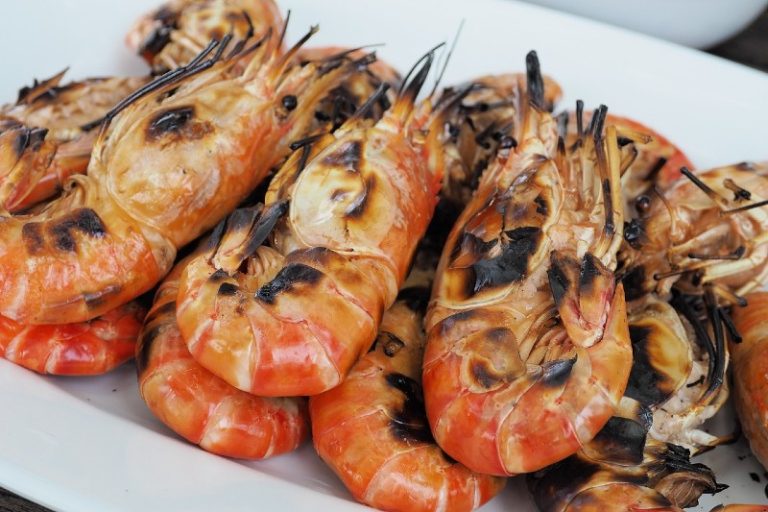The Importance and Power of Good Sugar – Baking’s Most Misunderstood Ingredient
Sugar is one of the most important ingredients in baking and yet it is also one of most frequently misunderstood. It is not uncommon for professional chefs, cookery schools and home bakers to spend good money on stoneground, organic flour, free range, corn fed chickens’ eggs, Fairtrade vanilla pods, un-waxed Mediterranean lemons, artisanal butter and expensive, exotic spices, only to settle for cheap, refined, white sugar without a second thought. In this article I hope to show all bakers, whether professional or domestic, the importance and power of good quality, raw cane sugar in baking, and to showcase its merits and wonders. I hope that you will look at sugar in a totally different light and that you will come to appreciate the work and skill required to make good sugar.
In this attempt I must confess a bias: for about 40 years of his life my late father, Renato Toti, worked on sugar plantations across Africa. My ancestors were colonial agriculturalists in Eritrea, moving on to Rhodesia, South Africa and Senegal. I grew up on sugar plantations, because my father designed, engineered and irrigated their water channels, sprinkler systems, dams, canals and reservoirs. He also taught a whole generation of aspiring native irrigation engineers his trade, so that they could look after the land and the vagaries of the harsh and hostile African climate. I remember still the smell and taste of the sweet, sappy liquid that ran out of the canes my father cut for me to suck at home, during tea time, as a treat. I still remember the smell of molasses from the plantation factory and the acrid overhang of heat and smoke when the sugar fields were burned after harvest. From that inferno wild boars would run out at great speed to escape the rising flames. It was no coincidence that sugar cane harvesting coincided with the hunting season, rows of dark green Landrover Defenders carrying hunters waiting patiently round the perimeters, sitting in silent ambush, watching their prey through binoculars.
In the formative years of my upbringing I learned that sugar is not just important as a sweetener but also because of its crystalline formation: it traps air inside a dough or batter, enabling it to expand and rise. Raw cane sugar affords a very nutty, caramel, earthy and almost woody taste and fragrance to bakery products and it also browns in the heat to provide a golden-hazelnut colour to a cake, pastry, biscuits or bread.
The most common type of sugar sold in the world comes from a plant called Saccharum officinarum and its plantations grew historically with the expansion of colonialism across the Caribbean, Papua New Guinea, Africa and Guyana in South America. The trade in slaves is closely linked to the history of sugar plantations, and many West Africans were kidnapped, bought, sold and shipped during the 18th and 19th Centuries to work the sugar plantations of the West Indies and Latin America. Nowadays the biggest sugar cane growing companies are located in Brazil, India, China, Mexico, Australia, Thailand, Pakistan and the United States.
If you were to see a field of sugar cane and a field of bamboo next to one another you might not be able to tell the difference, but it is the content of the canes that differentiate the two species of plants. Attached to the inner membrane of the hollow sugar canes is a fluffy, stringy pulp that contains a sweet liquid.
The crop is burned at harvest, in order to remove the mass of green leaves, and then the canes are cut with machetes and taken to be shredded in a sugar mill, normally onsite, either on the plantation or near a source of water. The juice is then extracted and boiled to form a concentrated sweet liquid. Lime is added so that the proteins in the sugar juice coagulate and all impurities are removed through straining. The juice is boiled and the evaporation of the water means the sugar crystals start to form. The thick sludge of sugar and syrup is placed in a centrifuge and spun so that the syrup is extracted by gravitational force. This syrup is a dark, sludgy food called molasses, sometimes referred to as dark treacle, and it is used to make rum, alcohol, citric acid and is also fed to farm animals.
Even though I am old enough now to have a teenage daughter of my own, I can still remember the smell of molasses from my childhood: it is such a pungent, heavy, bitter-sweet smell, both rancid and sickly, embedded in the recesses of my olfactory memory. Clouds of steam from tall, steel towers, rising into the sky, are pumped into the air as the water evaporates from the boiling vacuum pans, the atmosphere above a sugar factory sitting like a dense and putrid blanket of warm miasma.
Raw sugar is then washed and centrifuged again, neutralised with lime and then filtered through charcoal which absorbs colour. After the last of the water evaporates, tiny seed crystals of fondant sugar are added in order to start the crystal formation of the bulk and the mass is dried with hot air.
The darkest of all the sugars is called muscovado, whose name was originally a Spanish word “mas acabado” which means “more finished”. It is only semi—refined sugar and it is the one most similar to its moist, crude molasses origins.
One shade lighter is Demerara sugar, from the province of Demerara in Guyana, a former British colony. It has a hard, coarse, large crystalline formation. If you buy proper Demerara sugar (as some are made through just adding molasses to white sugar) you are in for a treat! It is the product of the first crystallisation, so it has natural molasses particles clinging to it, its taste is rich, like dark toffee. Sprinkle some on cereal, yoghurt, strawberries and cream or even on sweet focaccia with grated orange, lemon and nutmeg and you will be crunching your way to heaven.
When my father worked for the Compagnie Sucriere Senegalaise on the West coast of Africa, owned by a French millionaire called Jacques Mimran, who produced 100 000 tonnes of sugar a year, the plantation manager hired a Scottish agricultural consultant who had worked in the sugar plantations of Demerara. His wife was a Guyanian indian, and a brilliant baker. I remember that he was held in very high esteem by all the other farm workers: he had worked in the best sugar producing region in the world and his word was the gospel. Anyone with aspirations of reaching the top of the sugar cane world wanted to learn the secrets of real Demerara sugar production.
As I sat in his wife’s whitewashed kitchen as a teenager, in the estate village called Richard Toll in north Senegal, and watched her making cakes, she told me that if a baker wanted to use Demerara sugar in making a cake, they should buy unrefined brown cane caster sugar instead, caster being the word used to describe sugar crystals ground so fine they would fit through a Georgian sugar sprinkler or castor or caster. Because the crystals are smaller they are easier to cream, whereas Demerara crystals are too coarse and would take too long to mix with butter.
The fully refined white sugars have sweetness but little flavour. Preserving sugar has the biggest crystals so that they do not stick together and dissolve quickly for the jam maker. It does not burn or caramelise, because these properties are unwanted in preserving.
Granulated sugar crystals are one size smaller, and caster sugar has even smaller crystals. It is therefore the easiest to cream with butter in a cake. Icing sugar has the finest, powdery crystals, and is finely ground for sieving through tiny holes, or for making meringues and icings, where a very fine texture is required.
The type of sugar you use in baking affects the outcome: granulated sugar has a coarser crystalline structure and therefore traps most air, caster sugar produces more even-sized pockets of air and icing sugar produces a very fine, flat cake. I use soft, brown, unrefined sugar for my baking: it produces a flavour and a texture that is incomparable. Just like all things you get what you pay for.
That leads me, therefore, to the second most important source of sugar in the world, which is derived from sugar beet, a cultivar of the beetroot family, Beta Vulgaris. Sugar syrup is extracted from this broad, white, cone shaped root vegetable, grown in mild, cool temperate climates across the world. It has no smell, it has no colour and many bakers might well argue it has no taste.
When the sugar beets are harvested they are washed, sliced and boiled in different washes of water. The sugary liquid that is extracted from the flesh of the sugar beets is treated with lime and carbon dioxide, to purify and cleanse the liquid. If you were to analyse scientific research on the subject matter you would come to learn that there is no difference between the chemical and nutritional composition of beet sugar and cane sugar, yet if you read thoughtful baking books you would learn a very different story. The fragrance and the wonderful rich, complex, layered and earthy flavours of cane sugar are completely missing in the one-dimensional, overly sweet, refined “white” flavour of sugar made from sugar beet.
Of course, those brands of sugar that are made from sugar beets are not likely to write in big letters on their packaging the provenance of their sugar. It is a very profitable industry producing almost 250 million metric tonnes of sugar every year globally. Yet it is very easy to tell, in farm shops, delicatessens, food halls and higher-end supermarkets, which are the sugars derived from cane: darker and larger in crystals, their unrefined glory speaks volumes about the end result in your kitchen.
Often demonised as a great evil in society, laden with calories and empty of nutritional content, leading to obesity, tooth decay and heart disease, sugar is the maligned, misunderstood ingredient that needs to come out of the shadows and into the limelight. I believe, like all products in the food chain, quality and moderation are key words. Of course we need to moderate our daily consumption of sugar in the Western diet, but we also need to spend more money on better quality sugar. We need to teach our children about its provenance, creation, consumption and qualities, allowing them to taste, compare and discuss its flavours, fragrances and textures. Good quality sugar is a wondrous, versatile, magical product – and although I cannot take you back in time from your computer to my childhood experiences, I hope I have aroused your curiosity and interest to learn more about it.

